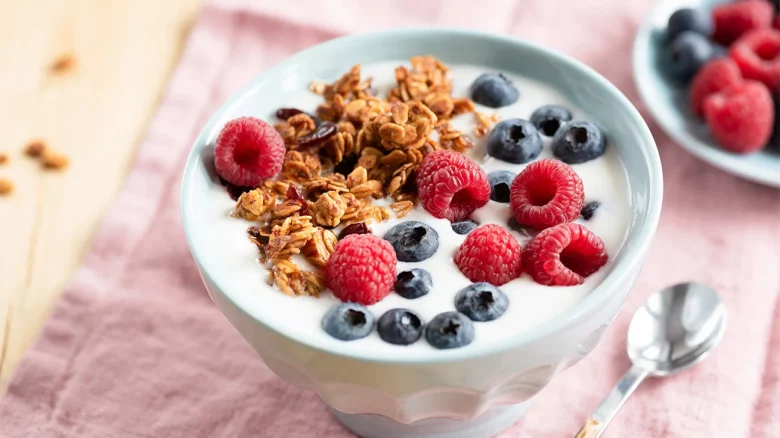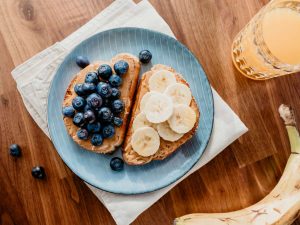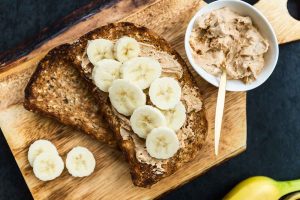Preparing a balanced breakfast for your children is essential for their overall health and for them to perform well in school. A nutritious breakfast can help them stabilize energy, focus and reduce morning cravings. Here’s how to create a balanced breakfast that’s nutritious and appealing to your kids.
1. Combine multiple food groups
A balanced breakfast should contain a combination of carbohydrates, protein and healthy fats. This combination provides sustainable energy, so children feel full until lunch. For example:
Carbohydrates: Choose whole grain products such as oatmeal, whole wheat bread or multigrain pancakes.
Protein: Add eggs, yogurt, milk or nut butter.
Healthy fats: Add foods like avocado or seeds.
2. Add fruits and vegetables
Fruits and vegetables are rich in essential vitamins, minerals and fiber. Try to include at least one piece of fruit or vegetable in your child’s breakfast. Some ideas include:
Add berries or sliced bananas to cereal or yogurt.
Blend a handful of spinach into a smoothie.
Serve apple slices with peanut butter or carrot sticks and hummus on the side.
3. Choose whole grains over refined grains
Whole grains provide more nutrients and fiber than refined grains, helping to maintain good digestion and keep children feeling full longer. Foods such as whole wheat bread, oatmeal or homemade granola bars are all good choices. They provide complex carbohydrates for energy without causing blood sugar spikes like refined grains.
4. Add protein sources
Protein is essential for growing children because it helps build and repair tissues and the production of enzymes and hormones. Adding a protein source to breakfast can help children feel satisfied and concentrate better at school. Good protein sources include:
Egg: scrambled eggs, boiled eggs or part of an omelet.
Dairy products: yogurt, cottage cheese or milk.
Plant-based food: scrambled eggs with beans, lentils or tofu.
5. Add healthy fats
Healthy fats are essential for brain health and help absorb certain vitamins. Add healthy fat sources such as:
Nuts and seeds or their butter.
Avocado slices or guacamole.
When cooking, use a small amount of healthy oil, such as olive oil or coconut oil.
6. Limit sugar
Many traditional breakfast foods, especially those for children, contain a lot of sugar. It’s important to limit these foods because they can cause energy spikes and crashes, affecting mood and concentration. Avoid sugary cereals, pastries and too much fruit juice. If sweetness is desired, choose natural sources such as fruit, a small amount of honey or agave nectar.
7. Stay hydrated
Start your day with a glass of water and offer milk or a small glass of 100% juice with your meals. Hydration is essential for overall health and helps children stay alert.
8. Make food attractive
The way food is presented means a lot to children. Arranging food in a fun and colorful way can encourage them to enjoy a healthy breakfast. For example:
Use a cookie cutter to shape the whole wheat toast into different shapes.
Place the fruit slices on the porridge to create a smiley face.
Serve the food in colorful bowls or plates.
9. Encourage participation
Let your children help prepare breakfast. They can mix ingredients, sprinkle toppings or choose options such as adding fruit to the yogurt. Participating in meal preparation increases the likelihood that they will enjoy eating the food they prepare.
finally
A balanced breakfast sets the tone for the day ahead. Including the right balance of nutrients can not only meet the physical needs of your growing child, but can also help you develop lifelong healthy eating habits. Make your mornings varied, fun and nutritious to stay excited and healthy.



